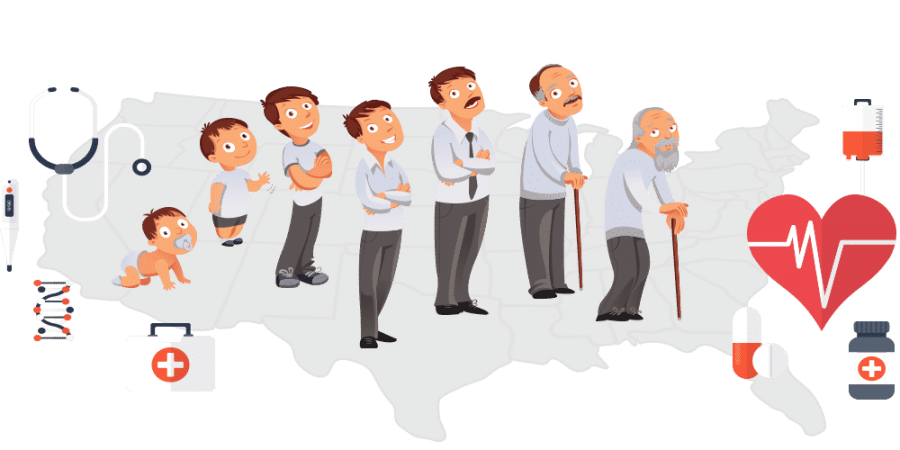Life expenctancy rises for first time in four years
The federal government just announced that the American life expectancy increased in 2018 for the first time since 2014.
When the opioid epidemic struck from 2015 and 2017, it caused the first outright decline since the AIDS epidemic of the late 1980s and the 1990s. This alarmed many officials and it was thought that the downward spiral may continue.
However, the new data shows the first decrease in drug-related deaths in 28 years. The decrease is especially important for Ohio, which is a nation leader in opioid deaths. The state saw the biggest decline of opioid deaths in the nation.
Many factors have gone into this life expectancy increase. The issue has gone to the forefront of political debates and the government has started making efforts to stop the crisis. They’ve recently expanded access to opioid medications, clean needles and noaxolime, which can be used to revive overdose victims.
Awareness of the opioid problem has also increased recently. More information is out in the world and it’s helping people make the right decisions and stay away from drugs.
Additionally, doctors are becoming more wary of prescribing strong pain medications that are extremely similar to or the same as opioids. Many addicts are formed after surgeries, as they take too many painkillers and grow an addiction. Luckily, doctors are starting to limit the amount of pain medication prescribed as they know pain is better than a lifelong and devastating addiction.
The increased publicity of the opioid crisis doesn’t only help non-addicts, but it helps save addicts. Numerous treatment centers have opened that provide top tier care for those who couldn’t previously afford it.
However, this certainly doesn’t show that the opioid problem is simply going to go away. Elizabeth Arias of the National Center for Health Statistics said “it’s good news, but we don’t know yet if it’s the beginning of a new trend.”
While some drug-related deaths are on the decline, fentanyl deaths continue to rise. They rose roughly 10% in 2018; officials believe that they continued to rise throughout 2019, and will follow the trend in 2020.
This rise is fentanyl is accompanied by cocaine and methamphetamine. It makes the overall decrease in drug deaths seem unsustainable for the future.
The other main cause for the increase in life expectancy is the increased cancer survival rate. Doctors have done amazing research over the years and it continues to pay off. Cancer accounted for about 35% of deaths in 2017, but 30% in 2018.
In just the last 20 years doctors have nearly doubled the cancer survival rates. They’ve also made it managable to live with once-life-threatening diseases, like AIDS. With more promising drugs in trial stages, life expectancy should continue to increase exponentially.
While the increased life expectancy is a good sign for humanity, it sure doesn’t mean it’s here to stay. People must continue to avoid drugs and work to form cures in order for it to stay high. If humanity continues to work hard in these areas, life expectancy should continue to rise well in the future.

